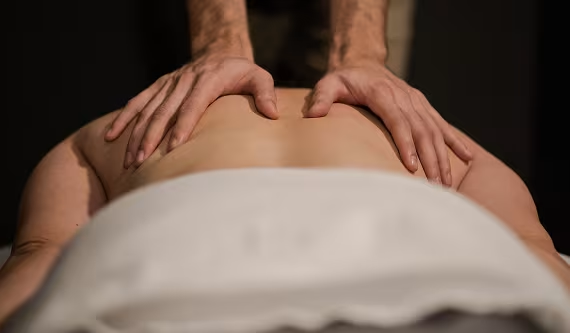Sports taping is a technique used by athletes to provide support and stability to muscles and joints during physical activity. Taping can be used to prevent injuries, reduce pain, and enhance performance. In this article, we will explore the basics of sport taping for athletes, the importance of preventing injuries with proper taping techniques, strategies for enhancing performance with sports taping, and the science behind sports taping for optimal results.
The Basics of Sports Taping for Athletes
Sports taping involves applying a tape or bandage to a specific area of the body to provide support and stability to muscles and joints. The tape is typically made of a non-elastic material and is applied in a specific pattern to provide the desired support. Different taping techniques may be used depending on the area of the body and the intended purpose.
Sports taping can be used on various parts of the body, including the ankle, knee, wrist, and shoulder. For example, if you have a history of ankle sprains, your therapist may apply a tape in a specific pattern to provide additional support to the ankle joint and reduce the risk of injury. The tape can also be used to provide support to the wrist during weightlifting or to improve joint stability in the shoulder.
Preventing Injuries with Sports Taping Techniques
One of the primary benefits of sports taping is its ability to prevent injuries. By providing support and stability to muscles and joints, sports taping can help to reduce the risk of injury during physical activity. Proper taping techniques are essential to achieving the desired level of support and reducing the risk of injury.
It is important to work with a qualified and experienced therapist to ensure that the tape is applied correctly and in a way that is specific to your needs. Poor taping techniques can actually increase the risk of injury and cause discomfort or pain. By working with a therapist, athletes can learn how to apply the tape properly and achieve optimal results.
Enhancing Performance with Sports Taping Strategies
In addition to preventing injuries, sports taping can also be used to enhance performance. By providing support and stability to muscles and joints, the tape can help to improve muscle activation and enhance performance. This can be particularly helpful for athletes who need to maintain a full range of motion to perform at their best.
Sports taping can be used in various ways to enhance performance. For example, if you are a weightlifter, your therapist may apply tape to the wrists to provide additional support during heavy lifting. The tape can also be used to provide support to the ankle during running or to improve shoulder stability during overhead movements.
Understanding the Science Sports Taping
To fully unlock the benefits of sports taping, it is important to understand the science behind the technique. Sports taping works by providing support and stability to muscles and joints, which can help to improve muscle activation and reduce the risk of injury. The tape works by creating a feedback loop between the brain and the muscles, which can help to improve motor control and enhance performance.
It is also important to understand the properties of the tape itself. Different types of tape may be used depending on the intended purpose and the area of the body. For example, a non-elastic tape may be used for stability and support, while an elastic tape may be used for compression and to improve circulation.
In summary, sports taping can be a valuable tool for athletes looking to prevent injuries, reduce pain, and enhance performance. By understanding the basics of taping techniques, the importance of proper taping techniques, and the science behind the technique, athletes can unlock their athletic potential and achieve their goals. It is important to work with a qualified therapist and take a holistic approach to health and wellness to achieve optimal results.
Our therapists have received extensive training in the correct use of sports tape and this is important. There are many different kinds, all of which have a specific purpose and incorrectly applied tape can cause blistering and even contribute to further injuries. You can get sport taping on its own or book in for taping after your massage treatment. Click the ‘Book Now’ button to set-up an appointment now.
Build mobility and prevent injury with Kinesiology in Old Strathcona.





